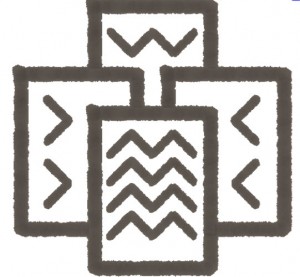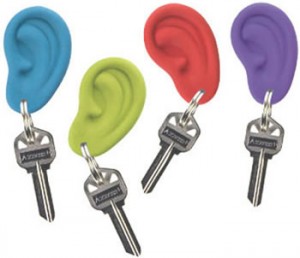It takes a blog.
Here’s the difference between the Daily Beast’s content strategy and that of AOL. Daily. AOL has a broad set of content properties with a new video focus and a top-tier Poster mentality, but the Daily Beast is all about today. Combining of the Daily Beast and Newsweek was all about allowing the Beast to learn the journalism craft and investigative reporting and to infuse news gathering DNA into its being. Whether or not the Beast subsumes and devours Newsweek, only time will tell (I suspect it will), but this is the play for the Beast. It has set its sights on the Huff Post, part of the AOL family, and made an interesting move yesterday.
By bringing over the Daily Dish from The Atlantic yesterday (there’s that daily word again) and paying Andrew Sullivan for his column/post/blog, the Daily franchise will grow in stature and readers. The brand is taking form. In the magazine media form, first there were monthlies, then weeklies. Online has allowed for dailies. Of course newspapers are dailies and if anyone should own the daily label it should be them, but for some reason they can’t seem to get out of their own way. It takes a blog.
Go ahead and laugh, but it won’t be long before someone comes along and takes the “hourly” franchise. Peace.



